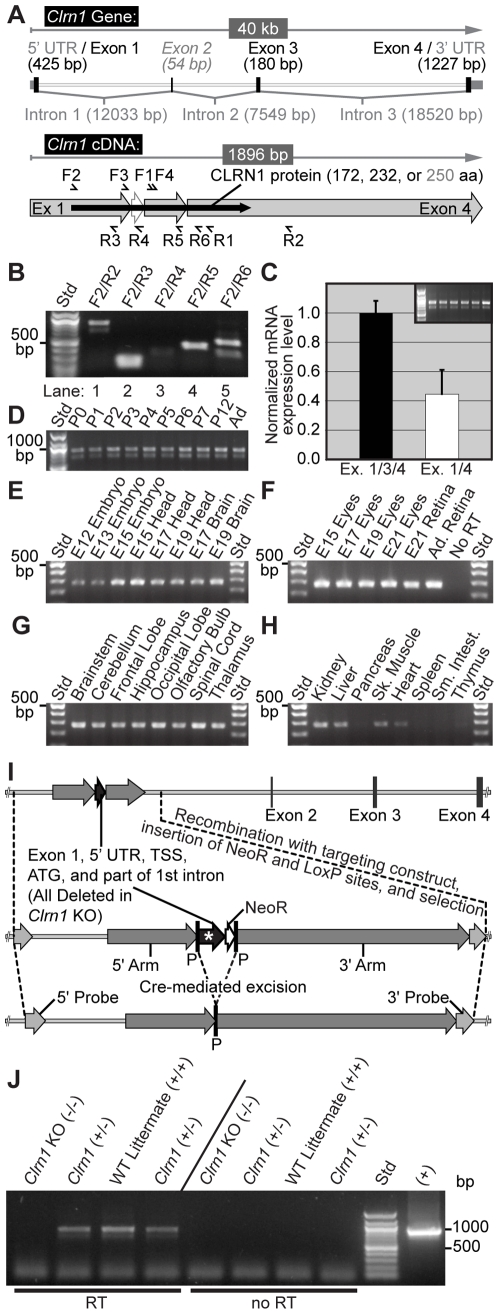Figure 1. Clrn1 RT–PCR analysis in mouse retina and KO mouse generation.
(A) Schematic diagram illustrating the intron/exon structure of the murine Clrn1 gene, and the structure of the spliced transcripts showing primer locations. (B) Two transcripts are readily amplified from mouse retina. A common forward primer (F2) was paired with exon-specific reverse primers (R2-R6; see Figure S1) in lanes 1–5. (C) Quantitative RT–PCR analysis comparing major splice variant expression levels in 6 adult C57BL/6J mouse retinas (3 male, 3 female), using F3/R1 primers and fluorescent FAM-BHQ probes (see Figure S1) specific for exon 1/3 or exon 1/4 splice junctions. The inset gel image shows end-point RT-PCR analysis of the same samples using F2/R2 primers. (D) Postnatal developmental and adult expression of Clrn1 using F2/R2 primers. (E) Prenatal developmental expression of Clrn1. Whole embryos, heads, and brain tissue RNAs were amplified using F1/R1 primers. (F) RT–PCR analysis of isolated prenatal eyes, a P21 retina, an adult control retina, and a No RT (no reverse transcription) negative control using F1/R1 primers. (G) Regional expression in the adult mouse brain is demonstrated (F1/R1 primers). All brain regions appear to transcribe the Clrn1 gene. (H) Clrn1 expression in adult mouse organs (F1/R1 primers). A more restricted expression profile is evident in mouse tissues outside of the nervous system, similar to expression in human [12]. (I) The 5′ untranslated region (5′ UTR), exon 1 (containing the transcriptional start site (TSS) and the ATG start codon), and the proximal 269 bp of the first intron were removed in embryonic stem cells by homologous recombination. The uppermost construct represents a 50,000 bp genomic fragment on chromosome 3q21, while the two lower constructs represent approximately 20,000 bp centered on exon 1. The genomic region (*) and neomycin resistance gene (NeoR) were spliced out by Cre recombinase activity at loxP (P) sites. (J) RT–PCR analysis of Clrn1 total KO (−/−), littermate heterozygous controls (+/−), and WT (+/+) animals using F2/R2 primers. No RT = no reverse transcription. (+) = Plasmid DNA containing cloned Clrn1 cDNA (exons 1, 3, and 4).

